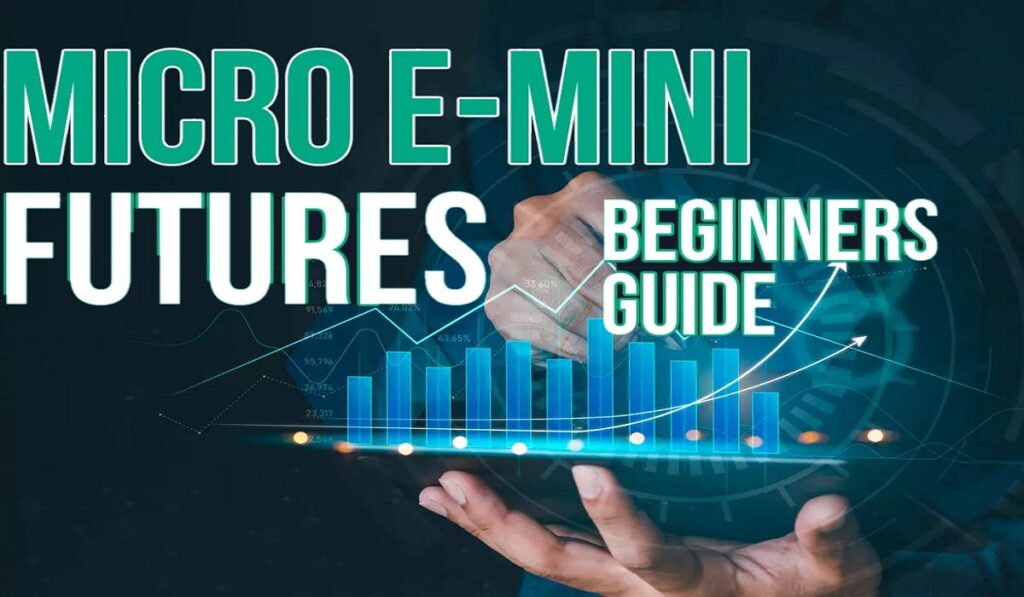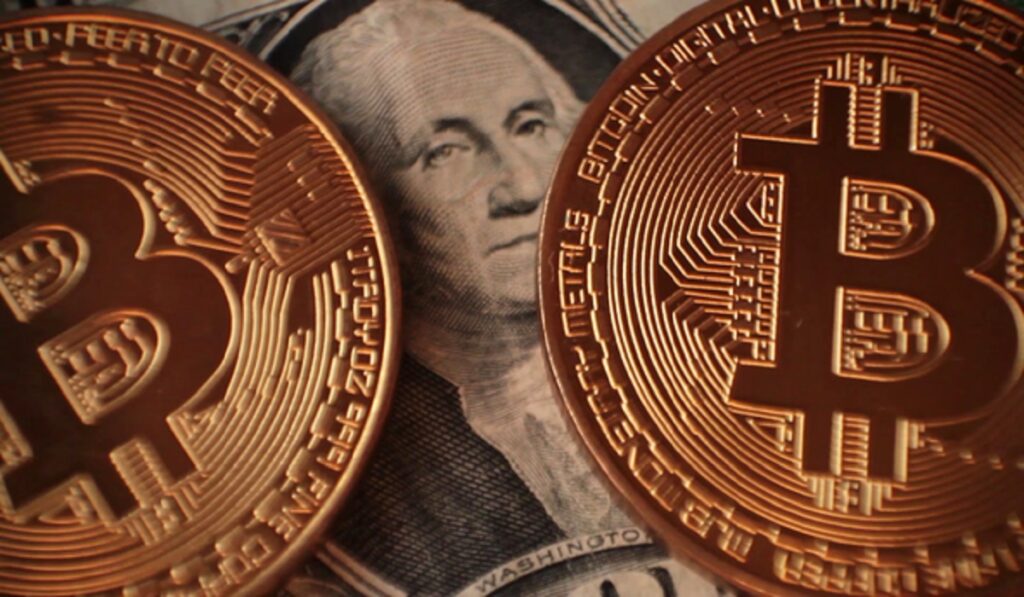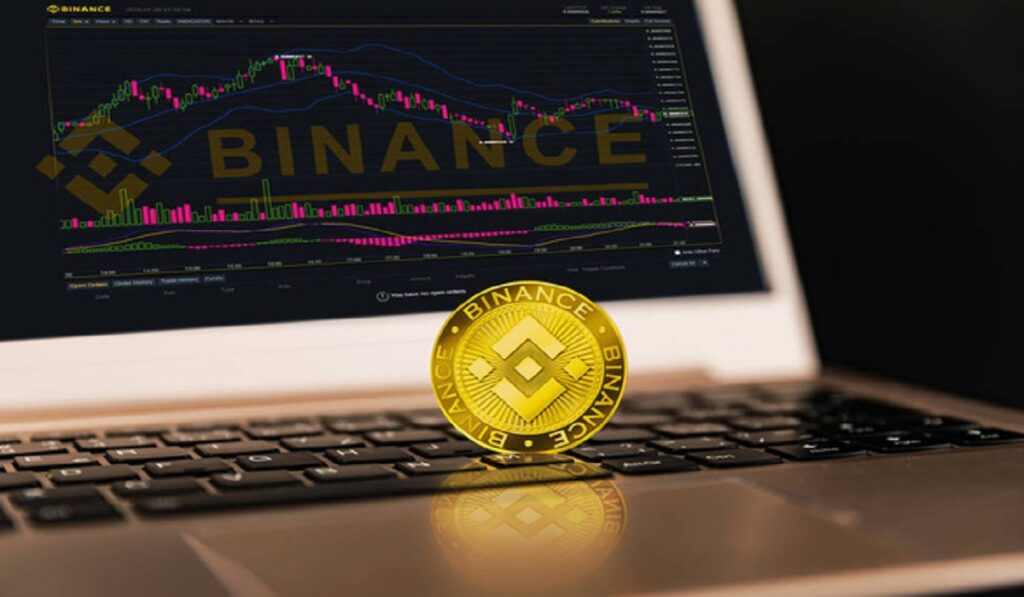The Beginner’s Guide To Trading Micro E-Mini Futures

New investment instruments and trading options are always emerging in the world of finance. Micro E-Mini Futures is one such innovation. Micro E-Mini Futures, designed to offer greater flexibility and accessibility to individual traders have become a popular tool to participate in the futures markets. This article is a guide that provides general information as well as technical details on Micro E-Mini Futures.
1. Understanding Futures Contracts. To grasp the concept Micro E-Mini Futures it is essential to understand futures contracts. Futures contracts allow traders to purchase or sell an asset at a fixed price for a future date. They are used to manage risk and speculate on the price movements of various markets including commodities, currencies, stock indices and other financial instruments.
2. Introducing Micro E-Mini Futures:
Micro E Mini Futures are smaller versions of the traditional E Mini Futures contract. These contracts were designed to accommodate individual retail traders that may find standard E-Mini contract sizes too large or financial demanding. Micro E-Mini futures are a cost-effective method to gain exposure popular stock indices such as the S&P 500 and Dow Jones Industrial Average.
3. Benefits of Micro E Mini Futures
a. Capital Requirements Reduced: Micro E-Mini futures contracts only require a fraction the capital needed for standard E-Mini contract. The lower entry barrier allows traders with smaller accounts to take part in the futures markets.
b. Enhanced Risk Control: Micro E Mini Futures allow traders to manage their risk and fine-tune the size of their positions. This is especially beneficial to traders who have a limited tolerance for risk or are looking to hedge an existing portfolio.
c. Liquidity Increase and Market Access : Micro E Mini Futures are able to benefit from the large liquidity of their counterparts. This ensures efficient price discovery, and tight spreads between bid and ask. Traders are able to enter and exit their positions with ease, without worrying about illiquidity.
Trading Micro E-Mini Futures allows traders to diversify their portfolios and gain exposure to different market indices and sectors.
4.Trading Micro E-Mini Futures:
a. Market Hours: Micro E Mini Futures follow the same trading hours as their larger counterparts. These contracts are traded on regulated exchanges, such as the Chicago Mercantile Exchange. They offer extended trading hours in order to accommodate global participants.
b. Contract Specifications Each Micro E-Mini Futures contracts has contract specifications that include tick size, value, margin requirements and expiration dates. Before initiating any trades, traders should become familiar with these details.
c. Trading Strategies: When trading Micro E Mini Futures, traders use a variety strategies, such as day trading, swing trades, and hedging. Trading decisions are often based on technical analysis, fundamentals analysis, and market analysis.
d.Risk Management: Trading Micro E-Mini Futures is a risky investment. To minimize losses, traders should develop a risk management strategy that includes stop-loss order setting, managing leverage and diversifying their positions.

Micro E-Mini Futures has revolutionized how individual traders trade on the futures markets. These contracts are popular among retail traders because they offer accessibility, flexibility and diverse trading options. Before trading Micro E-Mini Futures, traders should educate themselves thoroughly, learn about the risks and develop a trading strategy. Micro E-Mini Futures, when used with discipline and careful planning, can be an important addition to the toolkit of a trader, allowing them to take advantage of price changes in major stock indexes, while also managing their risk.
Trading Micro E-Mini Futures is no different. It’s important to do thorough research and stay up-to date on market trends. You can achieve this through a variety of resources including financial websites that are reputable, trading courses and online trading communities.
It is also recommended that traders use virtual trading platforms and paper trading accounts in order to get hands-on practice, refine their strategies, and gain experience before investing real capital. It allows traders to become familiar with the Micro E-Mini Futures market without having to risk any real money.
Micro E-Mini Futures are a great way for individual traders to get involved in the futures markets. They’re also very accessible and cost-effective. These contracts offer new trading opportunities due to their reduced capital requirements, greater liquidity and potential for diversification. Micro E-Mini Futures trading requires a disciplined approach, a thorough understanding of the contract specifications and a robust strategy for risk management. Micro E-Mini Futures traders can achieve success by combining their knowledge, experience and careful analysis.
How Do Micro E-Mini Futures Work?
Micro E-Mini Futures are similar to traditional futures but have a smaller contract. This is how they work:
- Contract Size: Micro E-Mini Futures are smaller than standard E-Mini Futures. Micro E-Mini Futures contract sizes are smaller than their larger counterparts. The Micro E-Mini S&P 500, for example, has a contract that is 1/100th of the size as the standard E-Mini S&P 500.
- Underlying Assets : Micro E Mini Futures are based upon popular stock market indexes such as the S&P 500. Dow Jones Industrial Average. Each Micro E-Mini represents a fraction of the index value.
- Price Movements and tick size: Micro E Mini Futures tracks the price movements of underlying indices. The tick size is the minimum fluctuation in price of the contract. The Micro E-Mini S&P 500, for example, has a 0.25 index point tick size, meaning that each tick represents $1.25 in movement of the contract value.
- Trading and expiry: Micro E Mini Futures are traded on regulated exchanges such as the Chicago Mercantile Exchange. Trading hours are set, such as regular and extended hours. Traders are able to enter and exit trades throughout the day.
The expiration dates of Micro E-Mini Futures are similar to those of standard futures contracts. They have a longer expiration cycle than standard futures contracts, typically on a quarterly schedule.
- To trade Micro E Mini Futures, traders must meet the margin requirements established by the exchange. Margin is a percentage of the contract value that traders are required to deposit as collateral. Micro E-Mini Futures typically have lower margin requirements than standard E-Mini futures, which makes them more accessible for individual traders.
- Profits and Losses: Micro E-Mini Futures Trading profits and losses are realized by price movements of the contracts. A trader can purchase (go long) Micro E-Mini contracts if they expect the index price to increase. They can make a profit if the price rises. If the price drops, then selling the contract would be a loss.
- Trading Micro E-Mini Futures requires a good understanding of risk management. Risk management techniques include setting stop-loss order to limit losses, sizing positions correctly, and diversifying trades.
Micro E-Mini Futures Trading involves a number of risks including volatility in the market, leverage and the possibility of substantial losses. Before engaging in futures trades, traders should carefully assess their financial situation and risk tolerance.
Micro E-Mini Futures offer individual traders the opportunity to trade futures with smaller contract sizes and less capital. Understanding the contract specifications and implementing risk management strategies will help traders to take advantage of price changes in popular stock market indexes.
Disclaimer: Trading Micro E-Mini Futures involves substantial risks and may not suit all investors. Past performance does not predict future results. Before engaging in futures trades, it is important to consult a professional or financial advisor.
Sources:
. CME Group: www.cmegroup.com
. Investopedia: www.investopedia.com
. DailyFX: www.dailyfx.com
. Seeking Alpha: www.seekingalpha.com
. Financial Times: www.ft.com






